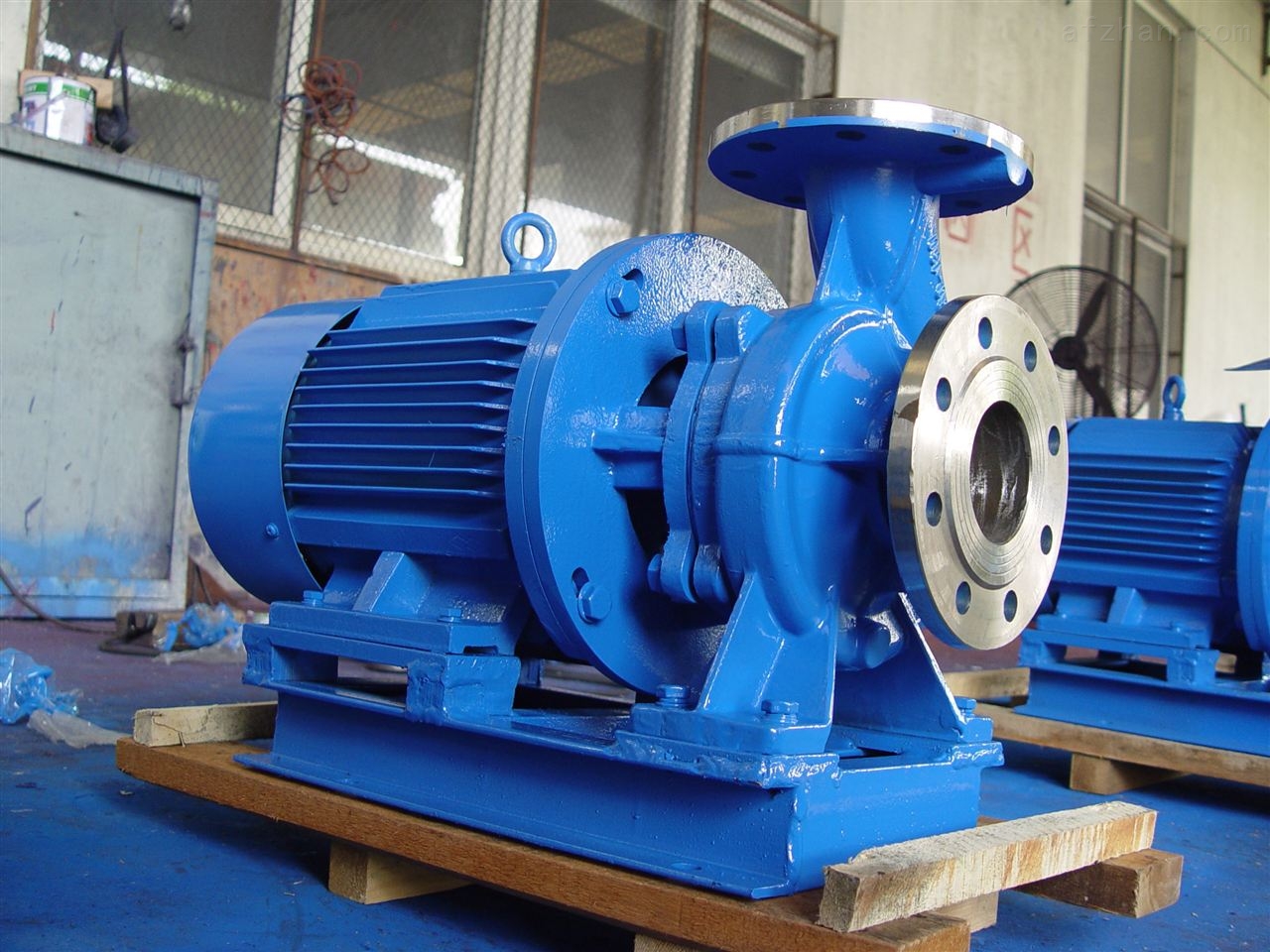Pipeline centrifugal pump installation direction
The installation direction of the pipeline centrifugal pump is a key issue, which directly affects the operating efficiency and stability of the pump. The following is a detailed analysis of the installation direction of the pipeline centrifugal pump:
1. Overview of installation direction
The installation direction of the pipeline centrifugal pump is mainly determined by the type, model and actual use scenario of the pump. Generally speaking, the installation direction of the pipeline centrifugal pump should be the same as the direction of the pipeline to reduce the resistance of the pipeline to the pump and the noise when the pump is running. At the same time, it is also necessary to ensure that the inlet and outlet directions of the pump are correct to avoid backflow and malfunction of the pump.
2. Installation direction of different types of pumps
Horizontal pipeline centrifugal pump:
Installation direction: Horizontal pipeline centrifugal pumps usually adopt a horizontal inlet and vertical outlet design, with the same inlet diameter, which is convenient for installation on the pipeline. When installing, the place closest to the conveying liquid should be selected so that the pump is installed at the place with the minimum suction height and the shortest suction pipeline.
Note: The distance between the unit and the surrounding obstacles should be greater than a certain value (such as 150mm) so that the motor fan has sufficient air source. When the pump is used in places with strict vibration requirements, a shock absorber (pad) can be used, which must be installed according to the manufacturer's instructions.
Vertical pipeline centrifugal pump:
Installation direction: When installing a vertical pipeline centrifugal pump, the weight of the pipeline cannot be directly applied to the pump body. The pump body and the pipeline should each have a support to ensure the operating performance and service life of the pump. According to the needs, the pump has two types of hard connection and flexible connection.
Precautions: For example, when installing the ISGB type detachable vertical pipeline centrifugal pump, special attention should be paid to its structural characteristics to avoid unnecessary damage to the pump body and motor.
3. Specific requirements for installation direction
Inlet and outlet directions: It is necessary to ensure that the inlet and outlet directions of the pump are correct. If the inlet direction is reversed from the outlet direction, it will cause the pump to flow backwards and fail to work properly.
Direction of rotation: During installation, it is necessary to determine whether the rotation direction of the pump is correct to ensure that the pump can operate normally. This is usually determined by checking the pump nameplate or instructions in the manual.
Pipeline support: The installation of the pipeline should be reliably fixed, and the pipeline support close to the pump flange should be sufficiently rigid, and the pump should not be subjected to the weight pressure of the pipeline.
Motor installation: The installation position and direction of the motor should meet the design requirements to ensure that the motor can operate normally and drive the pump body to rotate.





